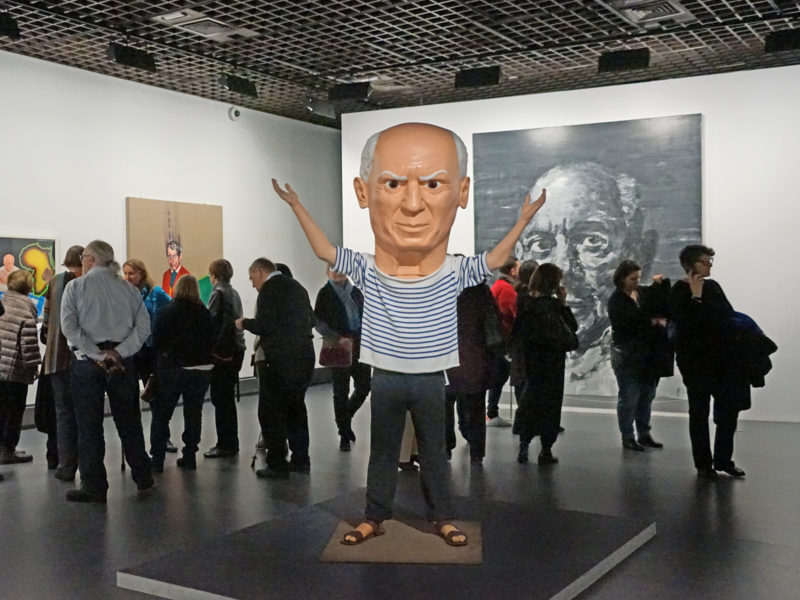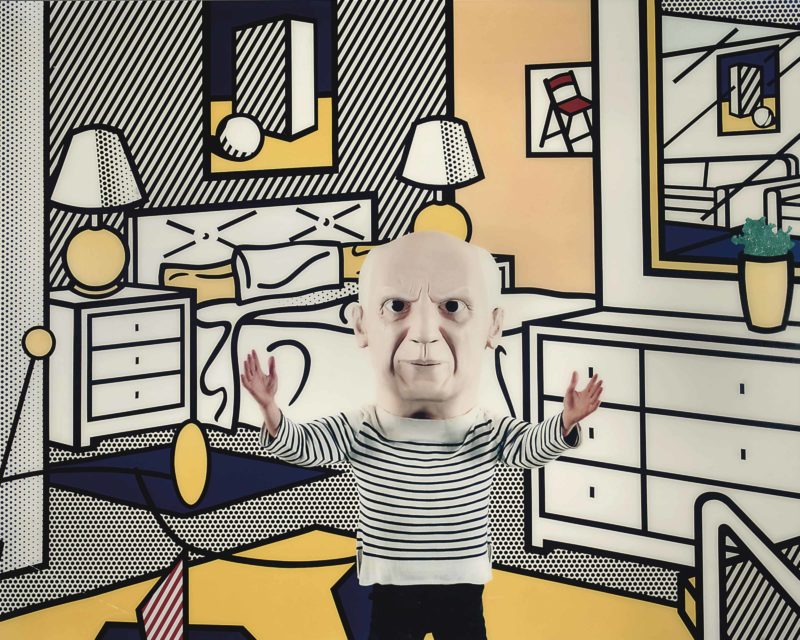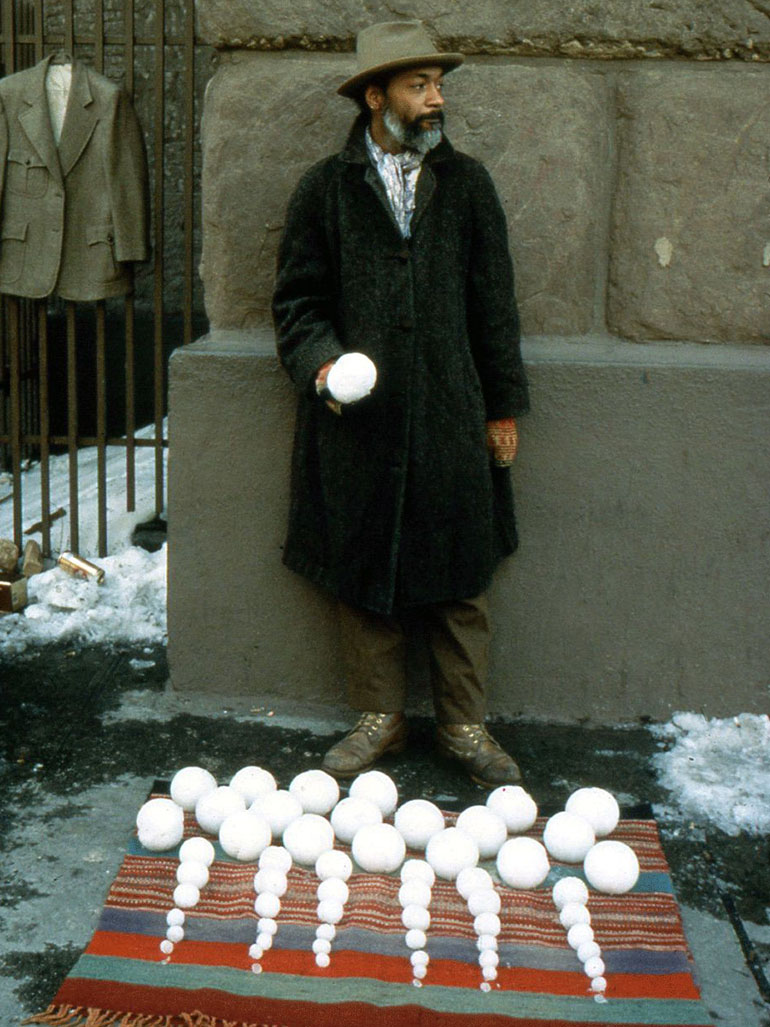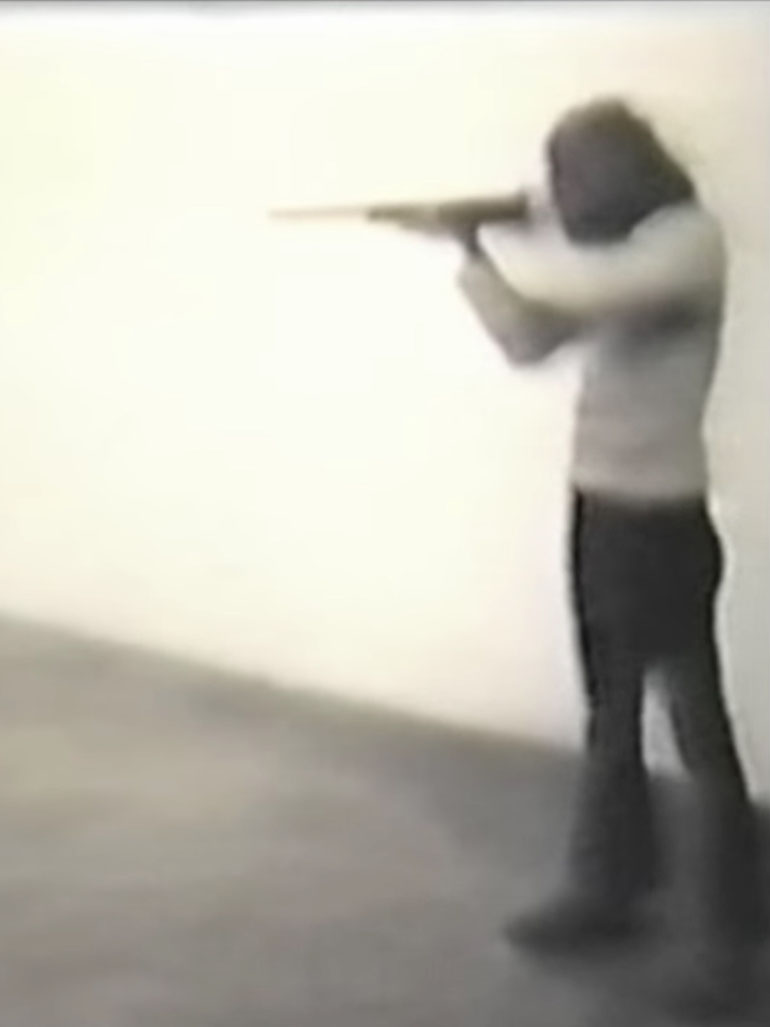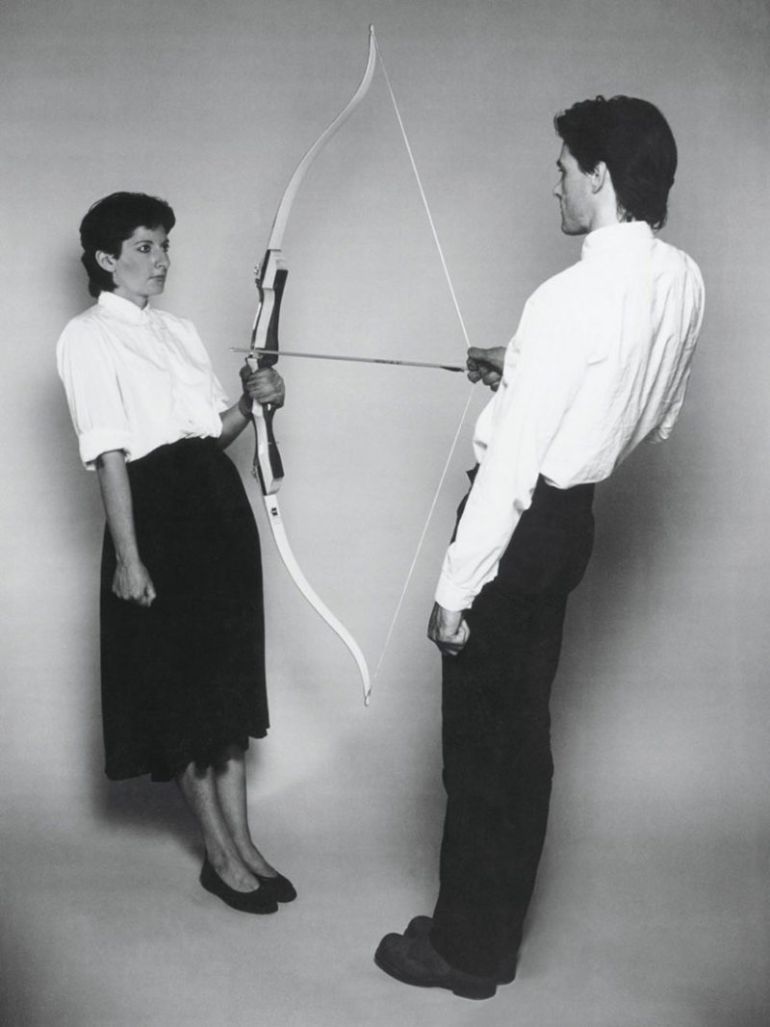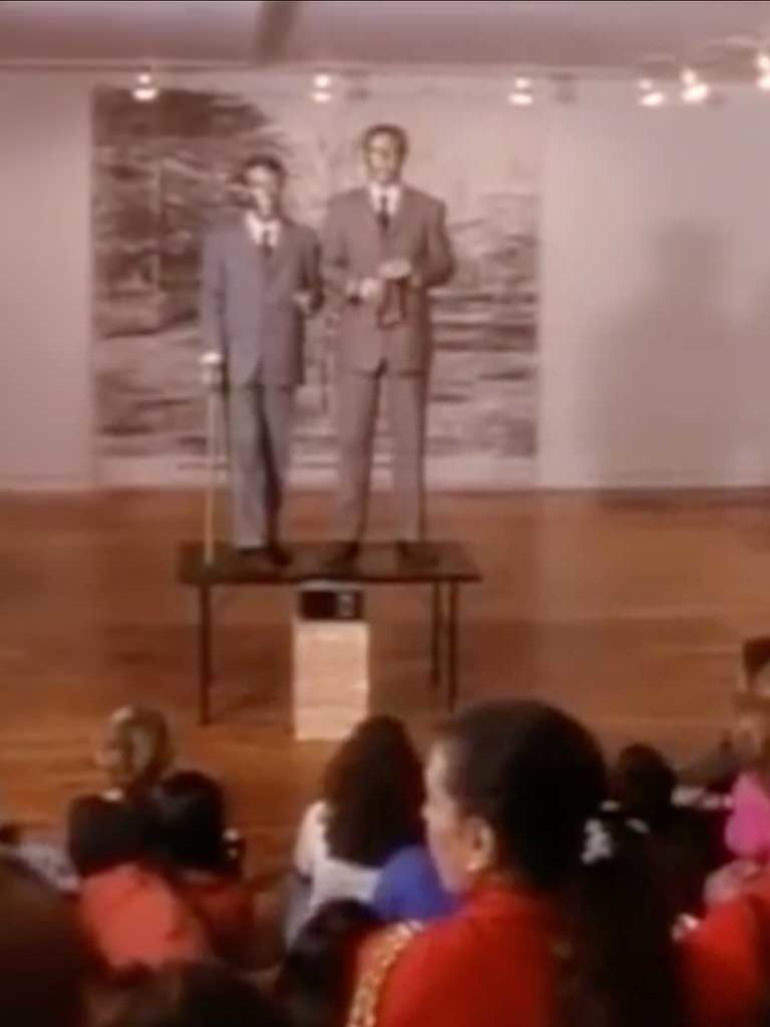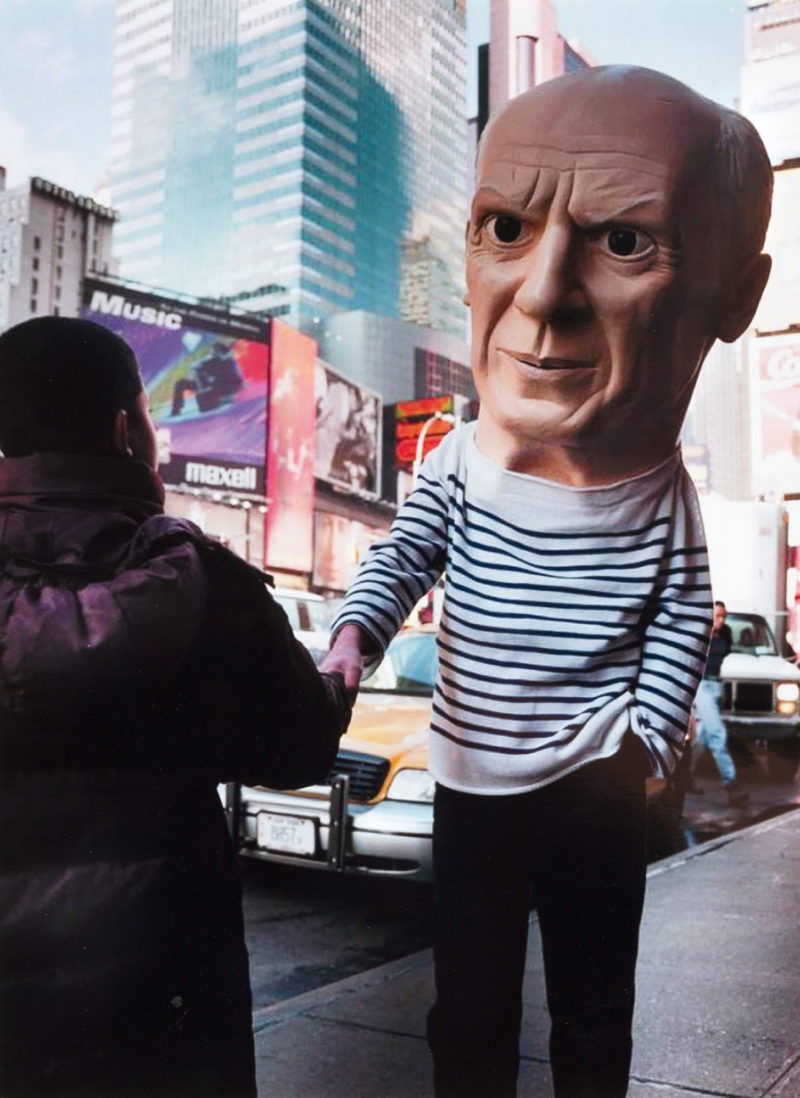
What is Maurizio Cattelan known for
Maurizio Cattelan’s 1 works have earned him a reputation as a provocateur and a prankster. He also created some of the most memorable pieces in contemporary art.
Cattelan’s art covers a range of subjects, from culture to history and religion. His sculptures arouse humor and controversy by criticizing societal evils, abuse of power, and authority.
At one point, the controversial 2 artist stated his works focused on ironic disobedience, a quality embodying his character. This is also extending deep into his professional life. Similar to his troublesome reputation, his works shift from one case of insubordination to the other.
Cattelan’s Picasso
One example of art portraying Cattelan’s controversial style explored culture commodification at the Museum of Modern Art 3 in New York 4 in 1998.
In this particular work, Cattelan used a mascot to reflect an artist. He picked out Pablo Picasso as the personality to use in the art and send the intended message. At that time, Picasso was the museum’s most iconic artist, famed for modernism, and had the most prominent art collection in the museum.
Cattelan designed the mascot, dressed as Picasso, and featuring a large head mask and a striped shirt. Throughout the show, the mascot would pose for photos, play with kids, and sign autographs like in an amusement park.
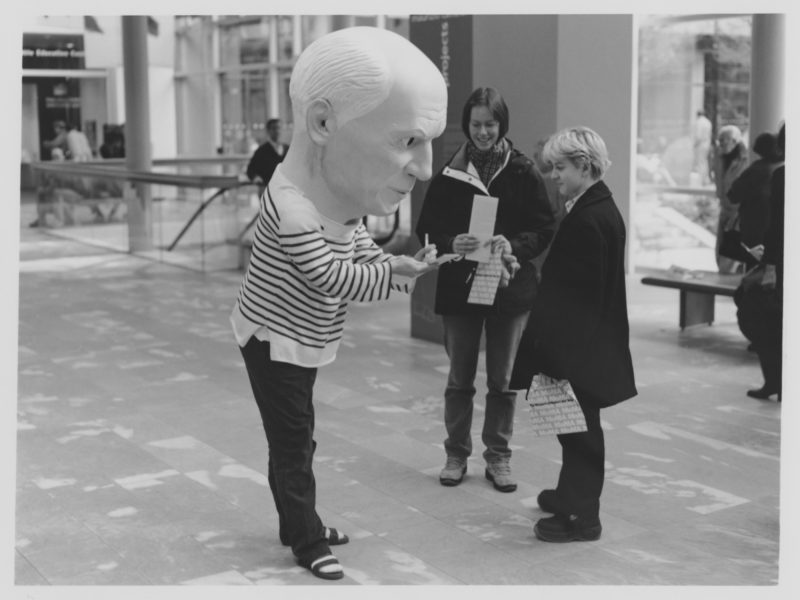
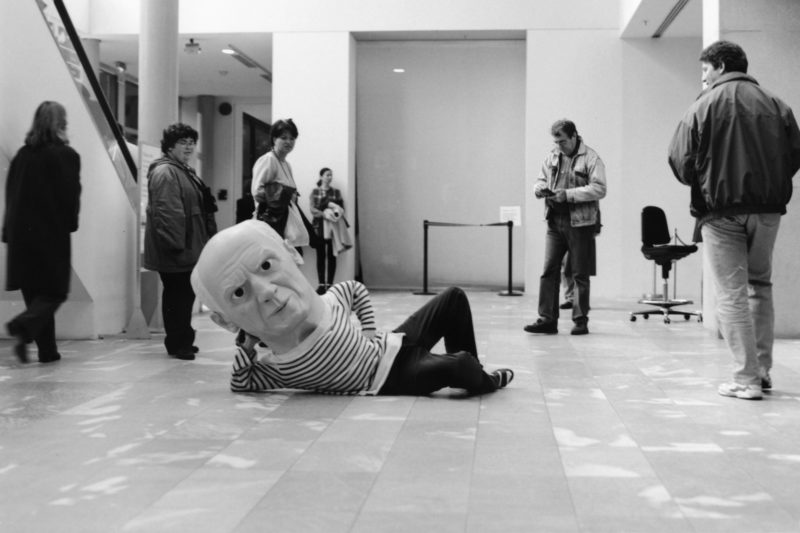
The meaning
The artwork, while both humorous and controversial, relayed the message Cattelan had intended. It showed MoMA as a tourist destination and not an artwork gallery. Like many cultural destinations, MoMA focused on the commodification of art and promoted self-gratification right to its core. More, the work exposed how museums affiliate with emblematic aesthetics from individuals to branded merchandise.
The performance also showed the influence of celebrity artists and how they influence art direction and history. The Picasso mascot on the museum entrance denoted how art content shifted from its ethos to a subject that lacked ideas in the mid-1990s era. The amusing face of the mascot reflected the unseriousness and degrading of art.
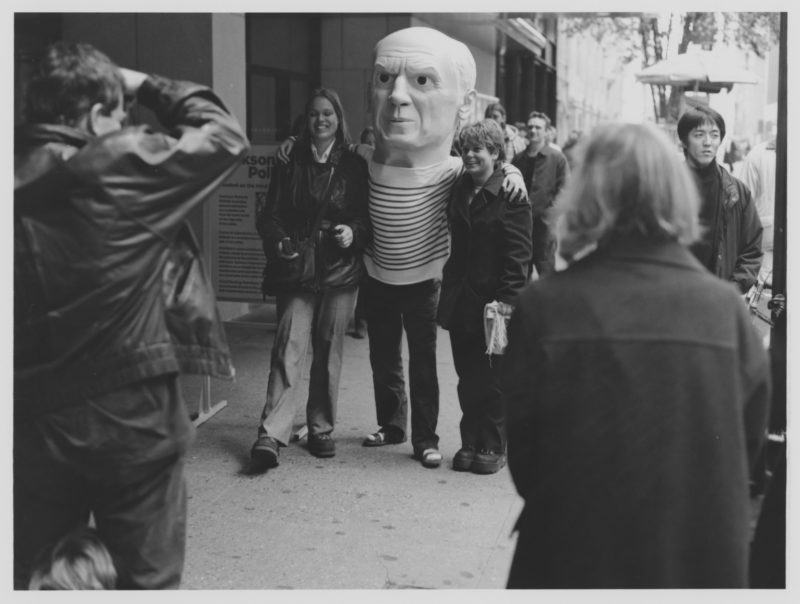
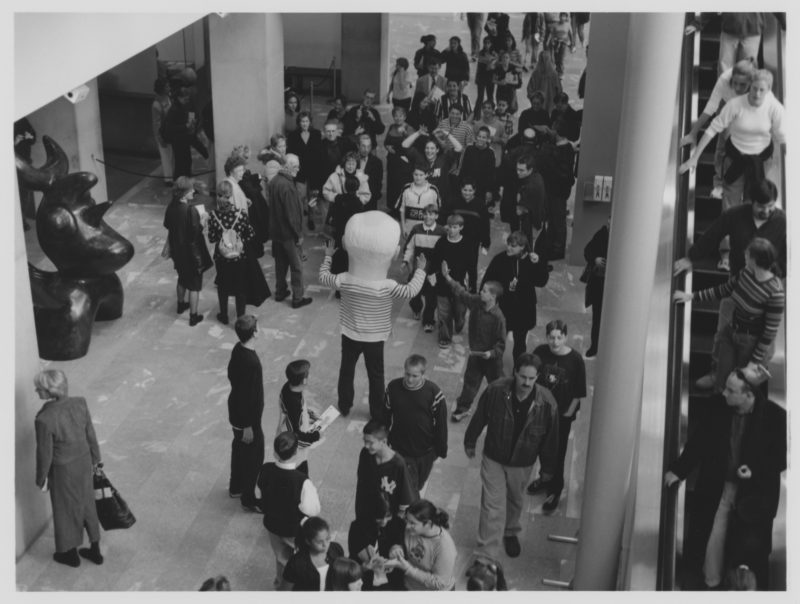
Conclusion
While Cattelan revealed the popularity of the Picasso mascot, he also knew it could bring down the museum. It posed a risk of dumbing down all the work and art the museum had built for many years. Cattelan also agreed the museum existed for the success of his career as an artist. Yet, he would not forego criticizing sensationalism and ignorance of reality.
Meanwhile, he urges art stakeholders to avoid marketing art like sports, which have a broad appeal. Instead, they should return to the basics of art as a tool to deconstruct societal, political, and environmental changes.
